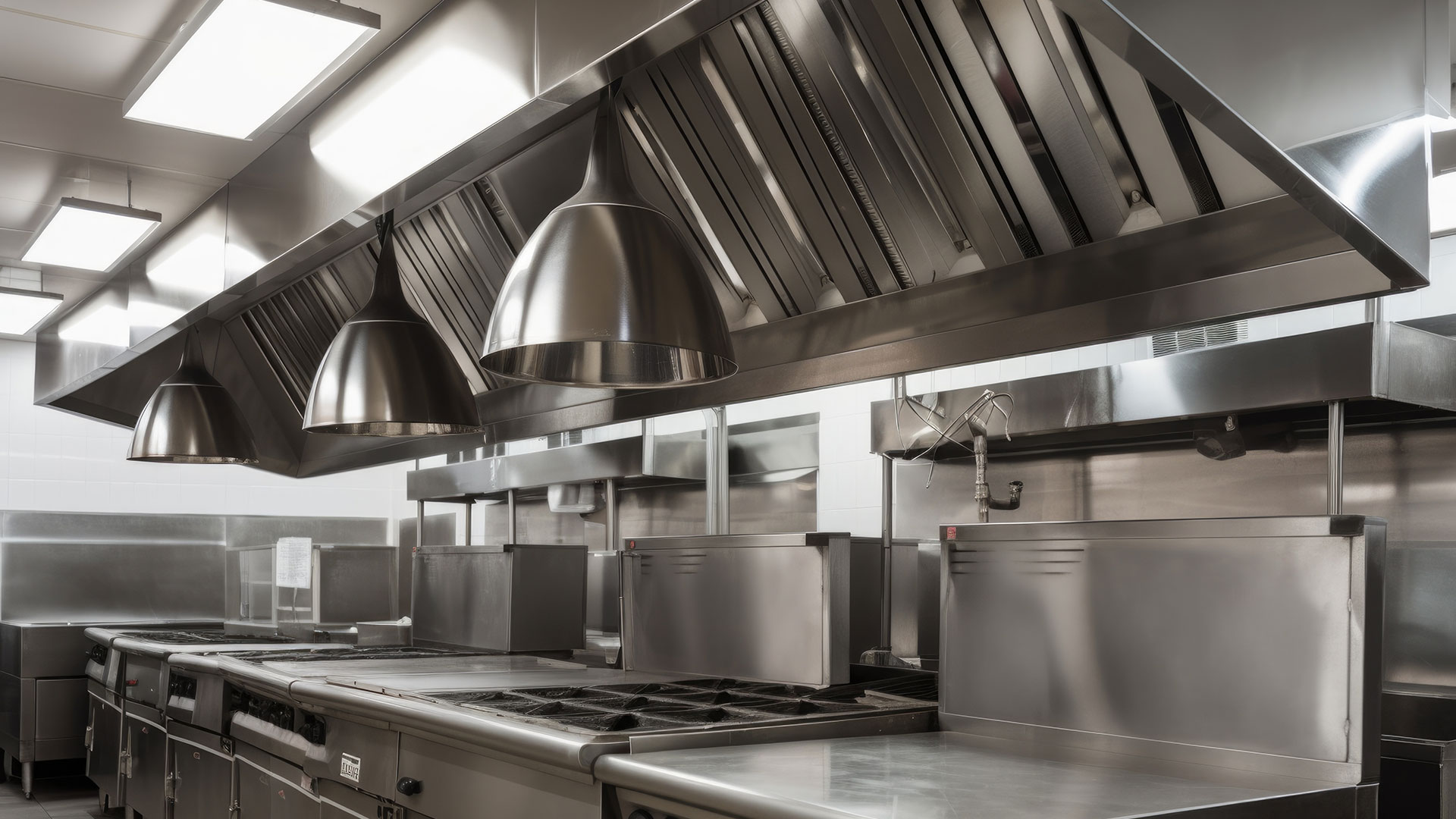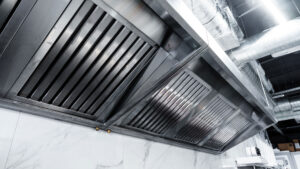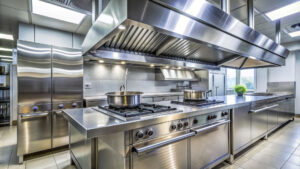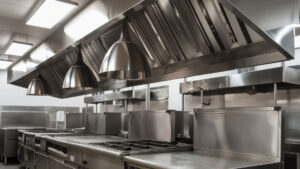The National Fire Protection Association’s Standard 96 represents the gold standard for commercial kitchen ventilation cleaning. As someone who works closely with these standards, I’ve seen how proper NFPA 96 compliance can make the difference between a safe kitchen and a potential disaster. Let’s dive deep into what truly constitutes NFPA 96 compliant cleaning.
The Foundation: What is NFPA 96?
Think of NFPA 96 as your kitchen’s safety blueprint. This standard doesn’t just suggest best practices – it establishes the minimum requirements for the prevention of fires in commercial cooking operations. When we talk about NFPA 96 compliant cleaning, we’re discussing a comprehensive approach that protects your entire exhaust system from the hood all the way to the fan.
The Inspection Process: More Than Meets the Eye
Compliant cleaning begins with a thorough inspection. Picture your exhaust system as a highway – grease and contaminants travel along this path, leaving deposits at various points. A proper NFPA 96 inspection examines every inch of this highway, measuring grease buildup using a depth gauge tool. The standard specifies that if measurements show more than 0.002 inches (50 micrometers) of grease accumulation, the system requires immediate cleaning.
Breaking Down the Cleaning Requirements
NFPA 96 compliant cleaning involves several key components, each requiring specific attention:
The Hood
Think of your hood as the gateway to your exhaust system. Compliant cleaning requires complete disassembly of removable components, including filters, troughs, and cups. Each component must be cleaned to bare metal – no exceptions. Many cleaners skip this crucial step, but true compliance means you should be able to run your finger anywhere inside the hood without finding any grease residue.
The Ductwork
This is where many cleaning services fall short. NFPA 96 requires access panels at specific intervals throughout the ductwork – generally every 12 feet horizontally and at every direction change. During cleaning, technicians must physically access these points to verify complete grease removal. Simply spraying cleaning solution through the ductwork doesn’t meet the standard.
The Fan
Your exhaust fan isn’t just a motor with blades – it’s a complex component requiring specialized attention. NFPA 96 compliant cleaning includes complete cleaning of the fan housing, blades, and base. The standard requires technicians to inspect the fan’s operation both before and after cleaning to ensure it’s functioning correctly.
Documentation: Your Proof of Compliance
Here’s something crucial that many operators overlook: NFPA 96 requires specific documentation of every cleaning. This includes:
– Detailed before and after photographs
– Measurements of grease depth at various points
– Documentation of any system deficiencies
– Service tags with cleaning dates and technician information
– Written reports describing the extent of cleaning
Frequency Matters: Understanding the Schedule
NFPA 96 doesn’t take a one-size-fits-all approach to cleaning frequency. Instead, it establishes different schedules based on cooking volume and type:
Monthly: Required for solid fuel cooking operations
Quarterly: Necessary for high-volume operations (12-16 hours per day)
Semi-annually: Appropriate for moderate-volume operations (6-12 hours per day)
Annually: Minimum for low-volume operations
The Human Element: Training and Certification
An often-overlooked aspect of NFPA 96 compliance involves technician qualification. The standard requires that cleaning personnel be properly trained and qualified. This means they should understand:
– The principles of kitchen exhaust cleaning
– Safety procedures for working at heights
– Proper use of cleaning chemicals and equipment
– Emergency procedures
– Documentation requirements
Common Compliance Mistakes to Avoid
Through years of experience, I’ve noticed several recurring issues that can compromise NFPA 96 compliance:
Incomplete Access
Some buildings make it challenging to install proper access panels. However, NFPA 96 is clear – if you can’t access it, you can’t clean it properly. Solutions might require additional installation of access points.
Insufficient Cleaning Methods
Pressure washing alone doesn’t ensure compliance. True NFPA 96 cleaning often requires mechanical scraping, specialized cleaning agents, and multiple cleaning methods to achieve bare metal results.
Poor Documentation
Even if the cleaning is thorough, without proper documentation, you can’t prove compliance. This becomes crucial during inspections or, worse, after a fire incident.
Looking Forward: The Future of Compliance
As cooking technologies evolve and new safety challenges emerge, NFPA 96 continues to adapt. Staying compliant means staying informed about these changes and adjusting cleaning procedures accordingly.
Your Role in Maintaining Compliance
While professional cleaning services handle the heavy lifting, your daily operations play a crucial role in NFPA 96 compliance. Implementing proper cleaning schedules for filters, maintaining documentation, and promptly reporting system issues all contribute to overall compliance.
Remember, NFPA 96 compliance isn’t just about passing inspections – it’s about protecting your business, your employees, and your customers. By understanding and following these requirements, you’re investing in your kitchen’s safety and longevity.
Have questions about your kitchen’s compliance with NFPA 96? Contact a Hood Hero certified technician who can evaluate your system and ensure you’re meeting all necessary requirements.



